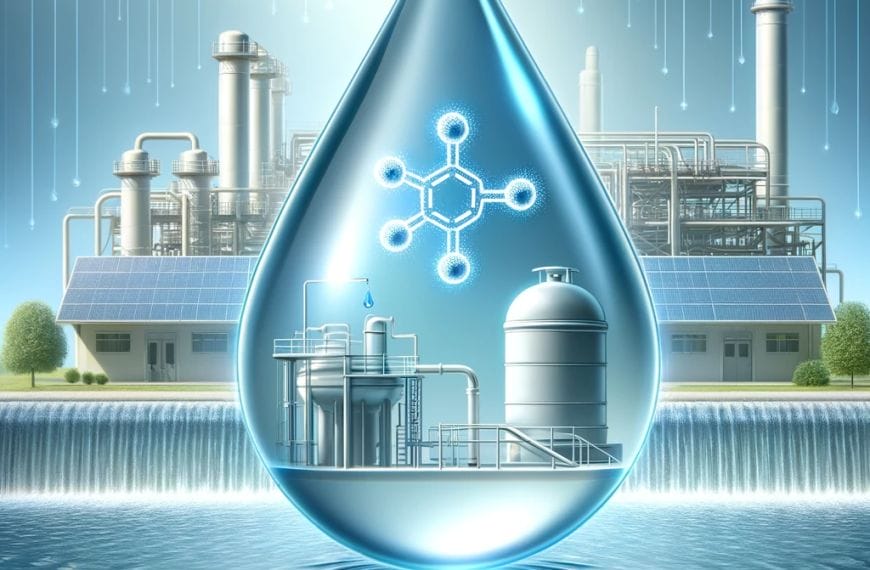Quick Answer: Chemiluminescence is the production of light from a chemical reaction without heat—often called “cold light.” The reaction creates excited molecules that release photons when they return to their lower energy state. It’s found in glow sticks, forensic luminol tests, and even fireflies.
Introduction: Lighting the Path
Imagine breaking a glow stick at night and watching it shine without any bulb, battery, or flame. That’s chemiluminescence in action—a process where chemical energy transforms directly into light. Unlike a hot filament in a lightbulb, this “cold light” production doesn’t waste most energy as heat, making it remarkably efficient and fascinating. This process is also behind some of the most magical sights in nature, from glowing plankton to the twinkle of a firefly’s tail.
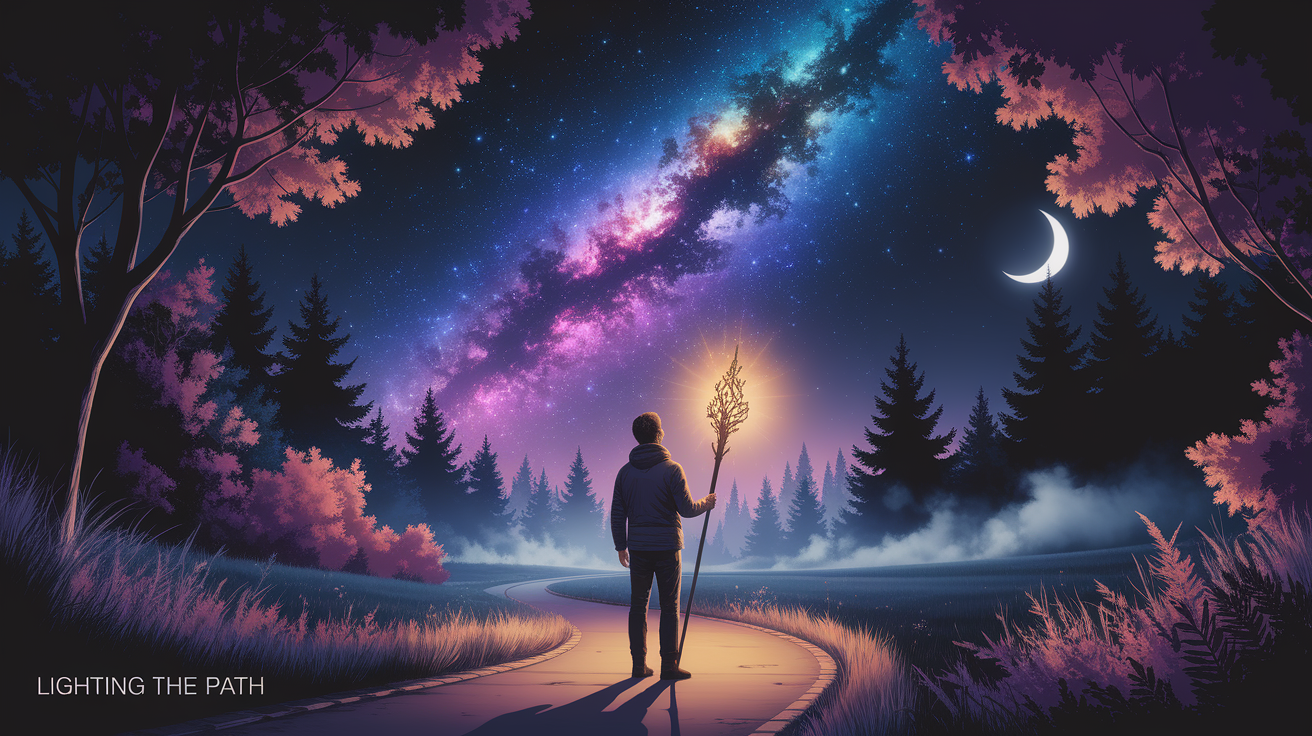
The Core Mechanism of Chemiluminescence
At its heart, chemiluminescence is a chemical reaction that produces an excited state product—a molecule whose electrons have more energy than normal. Here’s what happens step-by-step:
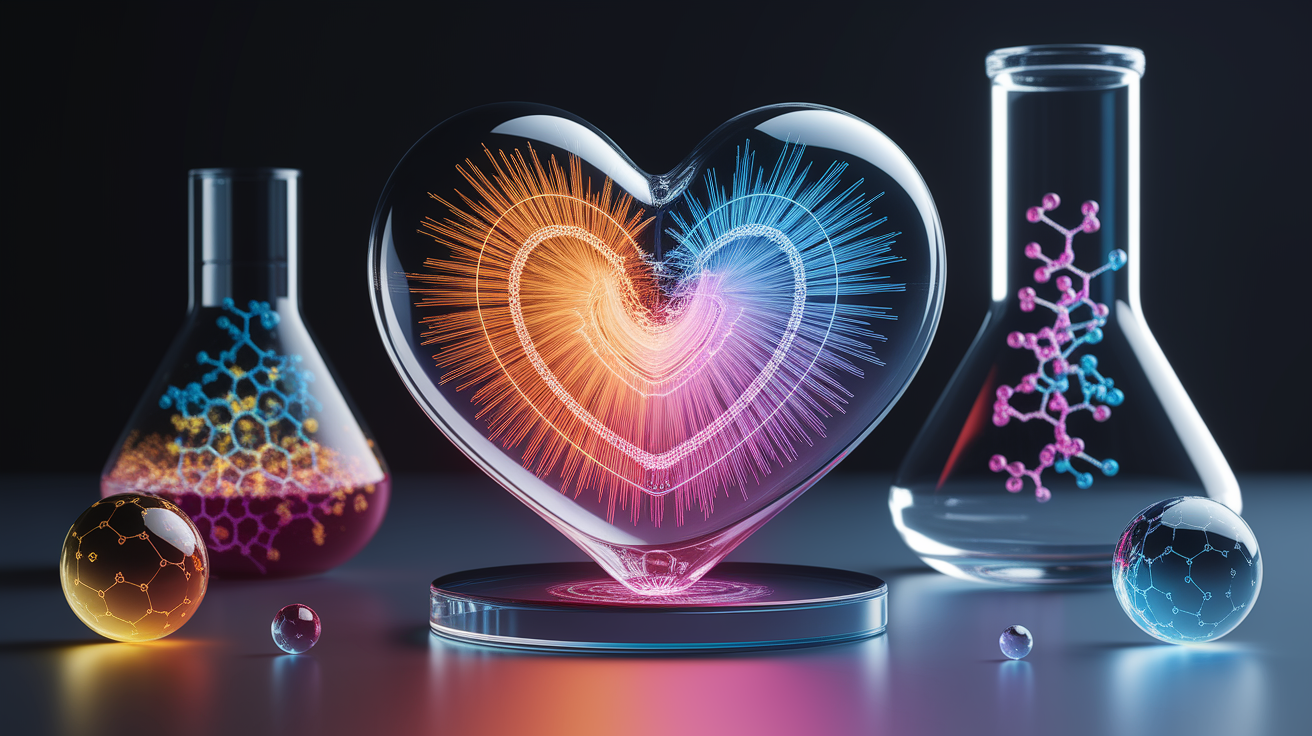
- Two reactants meet and undergo a chemical reaction (often an oxidation reaction).
- The reaction forms an energized intermediate, sometimes represented with an asterisk (*).
- Electrons in the intermediate are in an unstable, high-energy configuration—this is the excited state.
- As the molecule returns to its ground state, it releases the extra energy as a photon—a particle of light.
Unlike fluorescence or phosphorescence, the reaction doesn’t require absorbing light first—it generates its own! That’s why chemiluminescence is distinct from other forms of light emission.
Two Pathways to Light: Direct vs Indirect
There are two main routes for that chemical energy to become light:
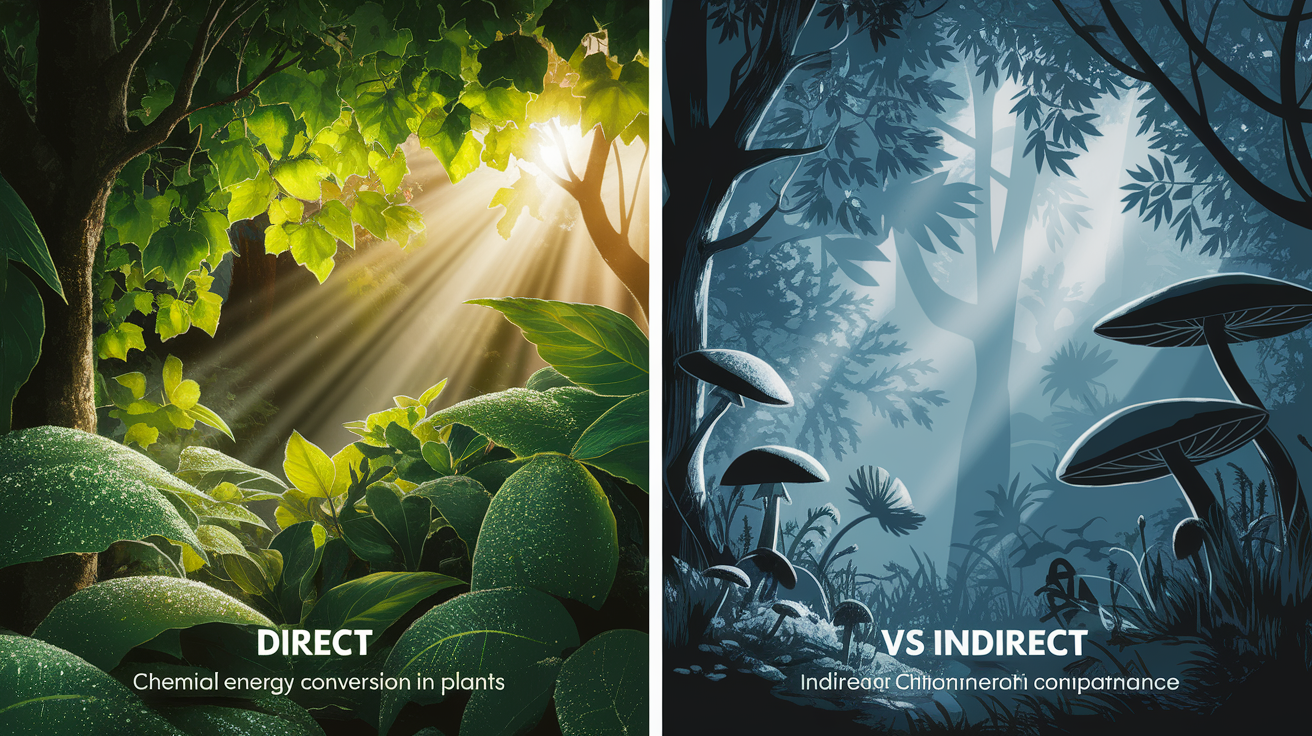
- Direct Chemiluminescence – The excited intermediate itself emits the photon. This is the simpler pathway, seen in some synthetic reactions and glow stick chemistry.
- Indirect Chemiluminescence – The excited intermediate transfers its energy to another molecule, often a fluorophore, via chemiluminescence resonance energy transfer (CRET). The second molecule then releases the photon, often shifting the color of the light.
This indirect route is especially common in biological systems where one molecule, such as luciferin in fireflies, hands off energy to another, producing a controlled and efficient glow.
Key Players and Factors Affecting Brightness
Several elements influence how bright and long a chemiluminescent glow lasts:
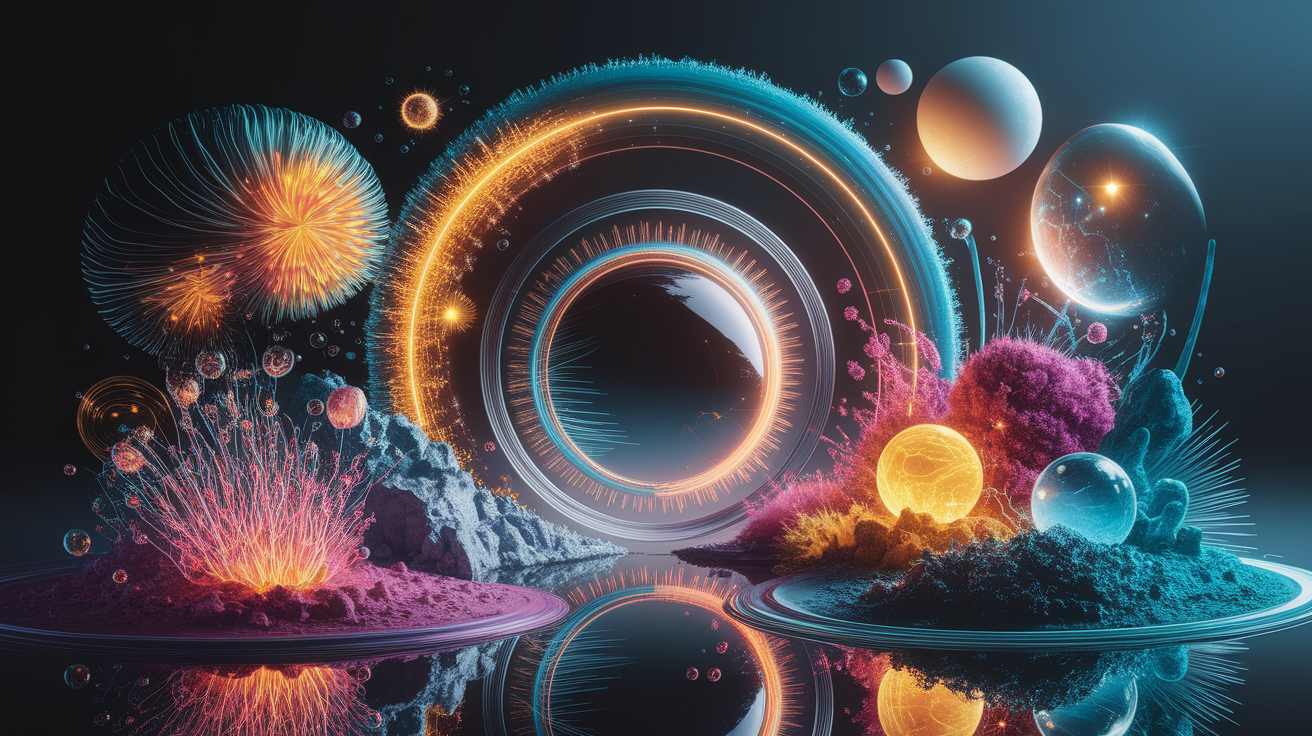
- Chemicals and Intermediates – Substances like luminol, luciferin, and oxalate esters are well-known fuel sources for these reactions.
- Catalysts – These speed up the reaction. In nature, enzymes like luciferase catalyze the oxidation of luciferin using ATP, while in forensic luminol tests, iron acts as a catalyst.
- Reaction Conditions – pH, temperature, and the presence of oxygen affect reaction rate and quantum yield (the number of photons per molecule reacted).
- Energy Pathways – Direct emission can have a different efficiency compared to energy transfer to a fluorophore.
Classic Chemical Examples in Action
Luminol in Forensic Science
The most famous example is the luminol reaction. Forensic investigators use it to reveal hidden blood traces—iron in hemoglobin catalyzes luminol’s oxidation by hydrogen peroxide, producing a ghostly blue glow.
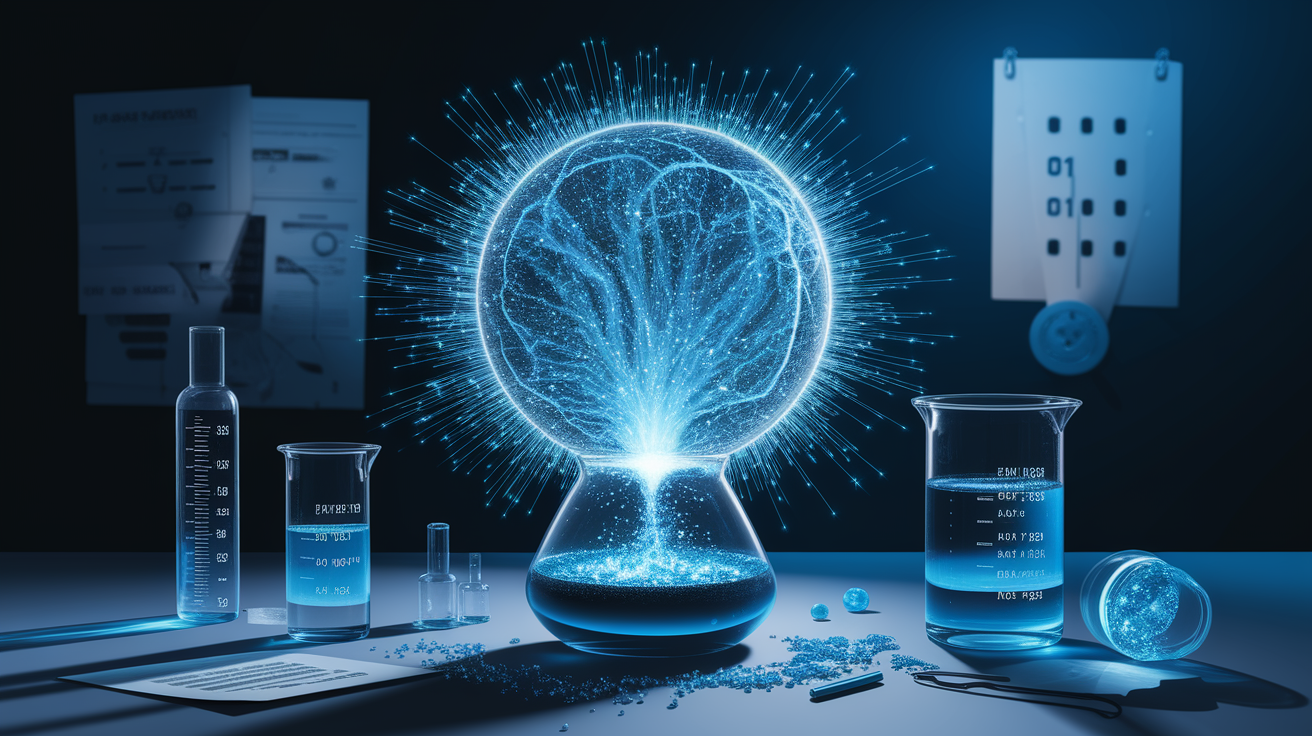
Peroxyoxalate Glow in Glow Sticks
In peroxyoxalate chemiluminescence, the reaction of an oxalate ester with hydrogen peroxide produces a high-energy intermediate. This transfers its energy to a dye molecule, producing colorful light—exactly what you see when you crack a glow stick.
Bioluminescence in Fireflies
Fireflies use a form of bioluminescence, a natural chemiluminescence. Here, luciferase catalyzes the oxidation of luciferin in the presence of ATP, emitting a warm yellow-green light. This process is incredibly efficient, with almost no heat loss, making it perfect for communication on summer nights.
Conclusion: Shedding Light on the Chemistry
Chemiluminescence is more than a visual curiosity—it’s a window into how chemical energy can leap directly into the realm of photons without detouring through heat. From police laboratories to children’s party favors, and from deep-sea creatures to analytical chemistry labs, it illustrates how reaction mechanisms, catalysts, and molecular energy states can align to create light out of thin air—no electricity required. The next time you see a glow stick’s colorful shimmer or a firefly’s gentle flash, you’ll know the illuminating chemistry behind the show.








